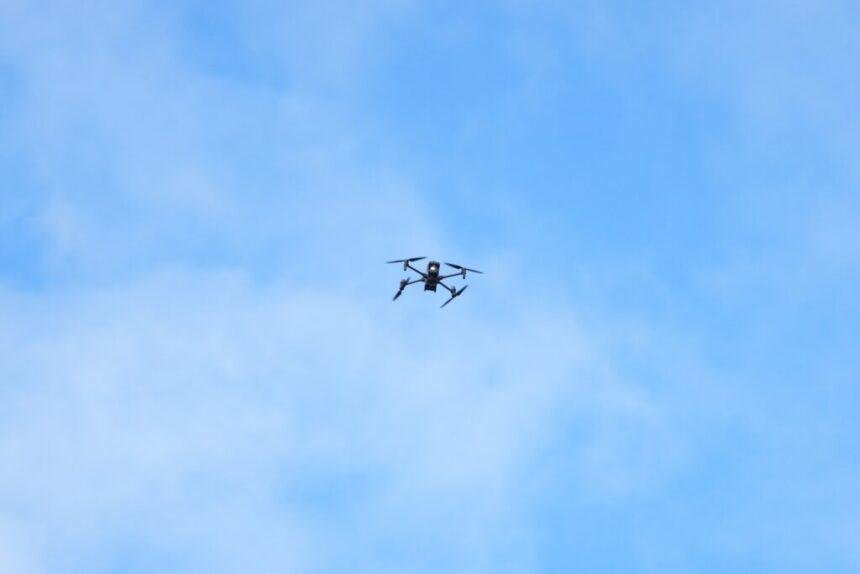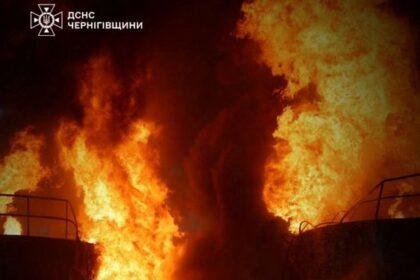NATO’s Urgent Demand for Advanced Rocket Systems Amid Rising Drone Threats
As tensions escalate in Eastern Europe, NATO is facing unprecedented challenges in securing its airspace. The alliance’s response to recent incursions has sparked significant debate, particularly regarding the effectiveness and cost-efficiency of its military strategies. In this context, Thales Belgium, a prominent defense contractor, has reported a surge in demand for its advanced rocket systems, primarily driven by the ongoing conflict in Ukraine.
A Surge in Demand for Rocket Systems
Alain Quevrin, the country director for Thales Belgium, described the current demand for their rockets as “unbelievable.” The company’s production facilities in Herstal and Évegnée Fort are now primarily focused on supplying Ukraine, where the need for effective air defense systems has become critical. The rockets produced at these sites are designed to counter a variety of aerial threats, particularly drones.
Thales offers two types of rockets: a laser-guided version aimed at larger, high-altitude unmanned aerial vehicles (UAVs) like the Iranian-designed Shahed drones, and unguided variants that release thousands of steel balls upon detonation, effectively neutralizing swarms of smaller, low-altitude drones. This dual capability positions Thales as a key player in the evolving landscape of aerial warfare.
Criticism of NATO’s Response
NATO’s recent military actions have drawn scrutiny, particularly after reports surfaced of warplanes using expensive missiles to intercept relatively inexpensive Russian drones. The alliance’s decision to deploy multimillion-dollar missiles against drones constructed from wood and foam-costing around $10,000 each-has raised questions about the efficiency of its military expenditures. Critics argue that such a strategy is not only wasteful but also indicative of a broader issue within NATO regarding its preparedness for modern aerial threats.
Meeting the Demand for Advanced Defense Solutions
In light of the recent airspace incursions, Thales has received numerous requests for its rocket systems. Quevrin noted that the rockets have an 8-kilometer range and adhere to NATO-wide standards, making them compatible with existing military infrastructure across member states. Countries such as Germany, Italy, Spain, and Poland have emerged as significant clients, attracted by the cost-effectiveness of Thales’s offerings, which are reportedly four times cheaper than alternative systems on the market.
However, to sustain this growing demand, Quevrin emphasized the need for the European Union to facilitate cross-border projects and procurement. The EU is currently restricted from directly funding military equipment, but it has initiated several programs aimed at streamlining joint arms procurement among member nations. One such initiative is the €150 billion SAFE loans-for-weapons program, designed to bolster the defense capabilities of EU countries.
Historical Context and Future Implications
The current situation reflects a broader historical trend in military procurement and defense strategies. The rise of drone warfare has transformed the battlefield, necessitating a reevaluation of traditional military tactics. As seen in conflicts around the world, including the ongoing war in Ukraine, drones have become a pivotal element in modern warfare, capable of conducting surveillance, delivering payloads, and even engaging in combat.
The increasing reliance on drones has prompted NATO to adapt its strategies, but the alliance’s response has often been criticized as reactive rather than proactive. The need for more efficient and cost-effective defense solutions has never been more pressing, especially as adversaries continue to innovate in their use of unmanned systems.
Conclusion
As NATO grapples with the complexities of modern warfare, the demand for advanced rocket systems like those produced by Thales Belgium underscores the urgent need for effective air defense solutions. The alliance’s recent challenges highlight the necessity for a strategic overhaul in military procurement and operational readiness. With the threat of drone warfare looming larger than ever, the focus must shift toward developing adaptable, cost-efficient systems that can meet the evolving demands of the battlefield. The collaboration between defense contractors and NATO member states will be crucial in shaping the future of military preparedness in an increasingly complex global landscape.










